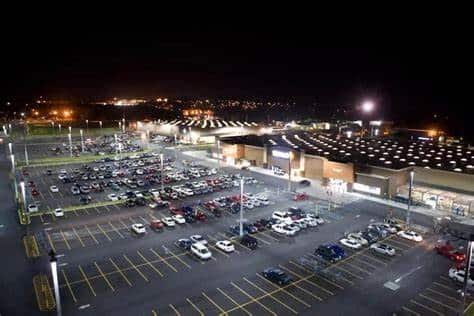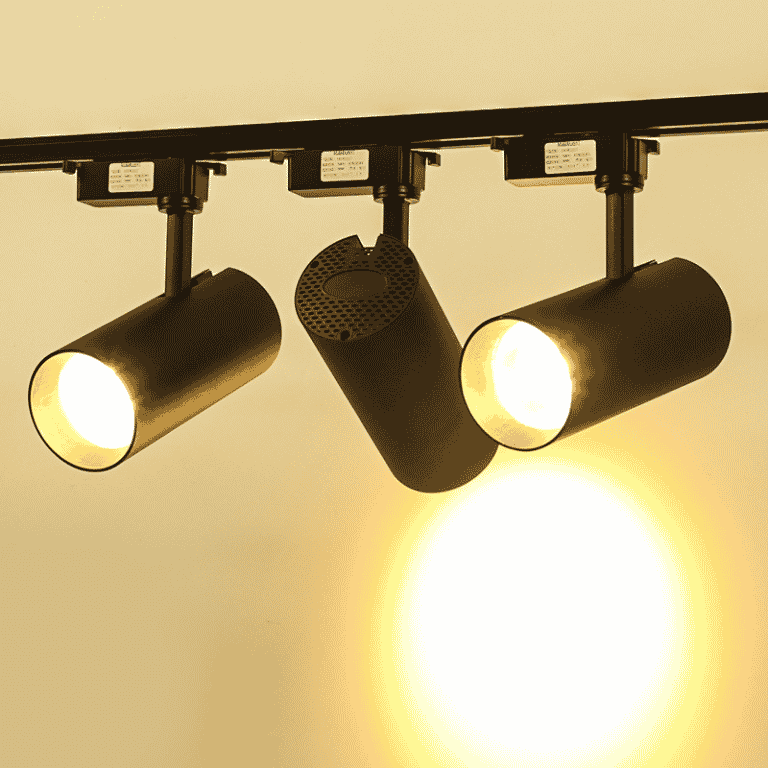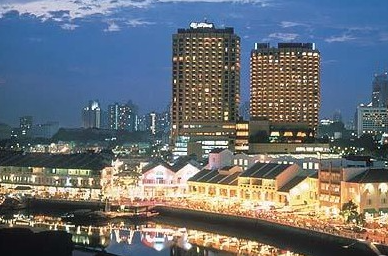Emergency lighting is an essential safety facility in modern public and industrial buildings, closely associated with both personal and structural safety. In the event of a fire or other disasters leading to a power outage, emergency lighting plays a crucial role in facilitating the evacuation of individuals, aiding firefighting and rescue operations, and ensuring the continued operation of vital production and work processes or necessary operational measures. Developed countries and the International Commission on Illumination (CIE) have established high requirements and detailed regulations for emergency lighting systems.
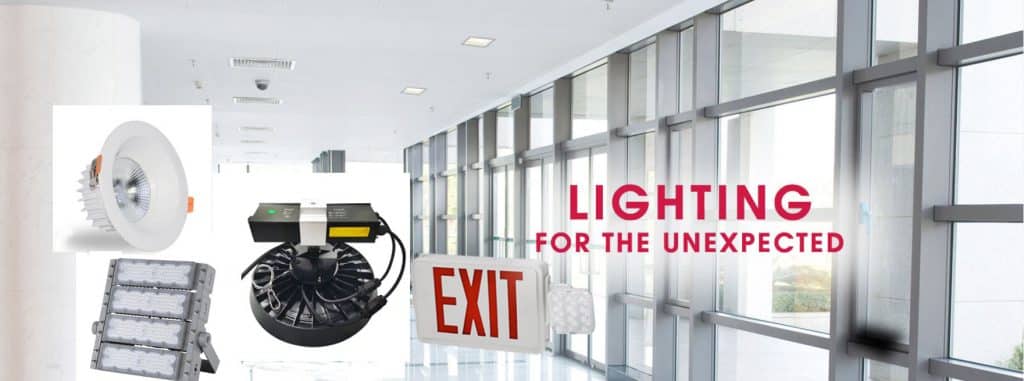
Classification of Emergency Lighting
Internationally, there is no unified standard for the classification of emergency lighting, but broadly speaking, it can be categorized into the following three common types
- Escape Route Lighting—This type of emergency lighting is specifically installed along escape routes such as corridors, staircases, and exits. It helps guide people safely out of a building during an evacuation. Escape route lighting typically includes illuminated signs and low-level lighting along the floor to highlight the path.
- Standby Lighting—Standby lighting is designed to provide general illumination in critical areas during a power failure. These lights are often integrated into the building’s normal lighting system but are connected to a backup power source, such as generators or batteries. Standby lighting ensures that essential areas like emergency exits, assembly points, and key workspaces remain adequately lit.
- Safety and Task Lighting—Safety and task lighting are focused on providing illumination for specific tasks or areas where safety is of utmost importance. This type of emergency safety luminaire may include lights near fire extinguishers, first aid stations, or emergency equipment. It ensures that individuals can safely perform necessary tasks during an emergency.
Lux Level for Emergency Lighting
Emergency lighting lumen flux is generally low, and uniformity is usually not high, with a significant difference between average illuminance and minimum illuminance. Additionally, the required illuminance for the entire space or specific parts and areas varies.
The illuminance level is not only related to visual conditions but also related to the economic level and energy conditions of a country.
For escape lighting illuminance, the United States specifies it should not be less than 10 lux (can be reduced to 6 lux at the end of the duration), Japan specifies not less than 1 lux (not less than 2 lux with fluorescent lamps), and CIE specifies not less than 0.2 lux. In China, the “Industrial Standard” requires that the main escape routes should not be less than 0.5 lux. Fire protection regulations require a minimum illuminance of not less than 0.5 lux. Although the specified illuminance is the same, there is a significant difference in practice. The “Industrial Standard” uses average illuminance and specifies the main routes, not requiring all routes.
As for the illuminance of safety and backup lighting, it should not be less than 5% and 10% of the general lighting. This is just a general principle, and it is recommended to consider the following two characteristics in the design:
- For backup and safety lighting in specific locations like firefighting control rooms, generator rooms, and transformer substations, the focus should be on ensuring the illuminance required for necessary work and operational areas, without requiring the entire room or location to meet specified uniformity.
- In certain specific locations, illuminance should be increased, such as operating rooms, which should maintain the same illuminance as normal lighting. Important public places like international conference centers, international sports arenas, firefighting command centers, etc., should also have the same illuminance as normal lighting.
Emergency Lighting Conversion Time & Duration Time
According to CIE regulations:
- In the event of a normal power supply interruption, the requirements for the conversion time to emergency power supply are as follows:
- Escape lighting should not exceed 15 seconds. This takes into account the adaptation to the emergency generator’s starting conditions. If using other emergency power sources, efforts should be made to achieve a shorter conversion time.
- Safety lighting should not exceed 0.5 seconds. Due to its direct impact on personal safety, higher requirements are necessary. Emergency power sources can only be switched automatically through the power grid or batteries.
- Backup lighting should not exceed 15 seconds. For production areas with explosion hazards, consideration should be given to the specific characteristics of the production process, determining a shorter time if needed. For places like cashier desks in shopping malls, where preventing theft is important, it should not exceed 1.5 seconds.
2. When powered by emergency sources, the requirements for the duration of emergency lighting are as follows:
- Escape lighting should not be less than 30 minutes. This primarily considers the time needed for personnel evacuation, searching for individuals within a building, and rescue operations in the event of a fire or other disasters. For high-rise buildings, large-scale multi-story buildings, large hospitals, etc., longer durations such as 45, 60, or 90 minutes should be considered. In reality, the emergency time can be 1.5-3Hrs.
- Safety and backup lighting should be determined based on the production and process characteristics as well as the required duration. Particularly important public buildings, communication centers, broadcasting stations, television stations, power generation and transformer centers, transportation hubs, etc., should have extended operating durations.
Emergency Lighting Driver
- Separate circuits from the power grid and normal power source;
- Emergency generators;
- Battery sets, including centrally located, zone-based, and built-in batteries within emergency lights;
- Combination of two or three types of power sources from the above three categories simultaneously.
Commonly Used LED Emergency Lighting Fixtures
Emergency Exit Light / Emergency Exit Sign
Application: Escape route lighting
Suggested Manufacturer: Ningbo Feituo Electric Appliance Co., Ltd.
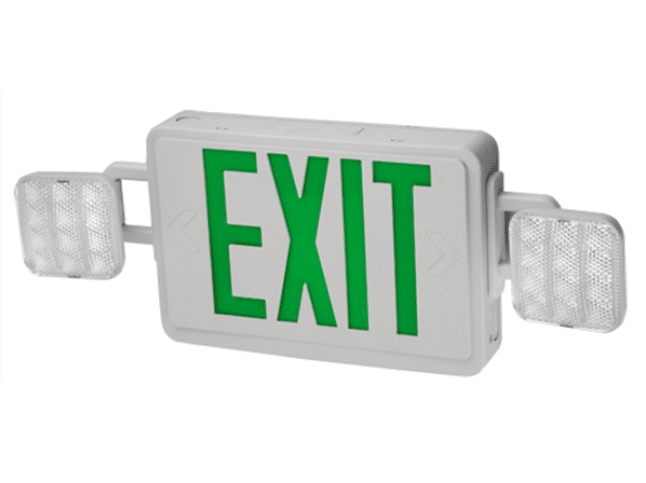
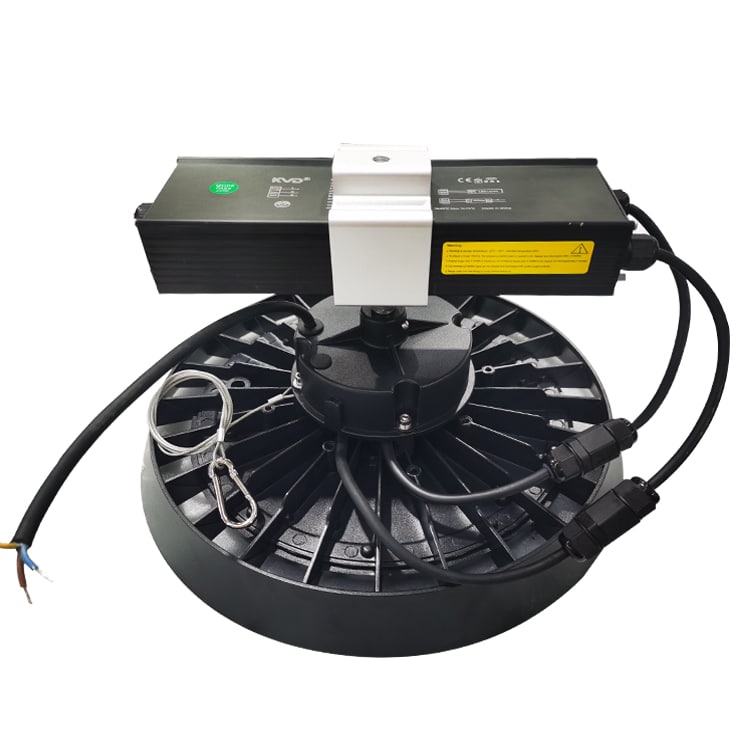
Commercial/ Industrial Emergency high bay LED Light with battery backup.
IP Rate: IP65 waterproof
Application: backup /safety lighting
Suggested Manufacturer: GRNLED
Wattages: 100W 150W 200W options
Duration: Emergency 10W with 1/2/3hours; or emergency 20W with 90 minutes, etc.
GRNLED is a professional industrial emergency light manufacturers in China. Whether you need LED high bay lights with battery backup or LED emergency floodlights for factory or mine, contact our lighting specialist for a customized lighting solution.

Hello, customers
My name is Ricky Wang, I’m the business manager of GRNLED. I have been in LED lights industry for more than 10 year. Feel free to contact us. I’m happy to provide you the best service and products.
Email: info@grnled.com | WeChat: ledfixture

